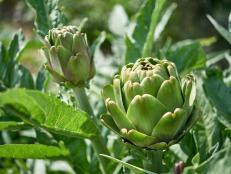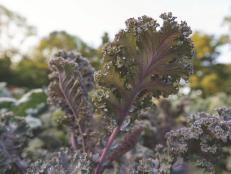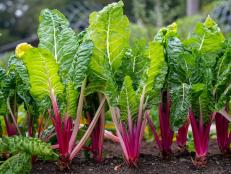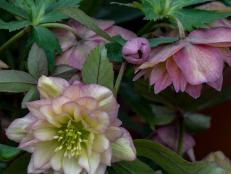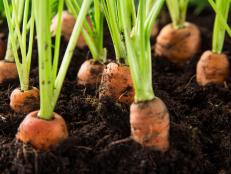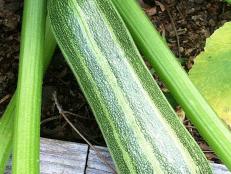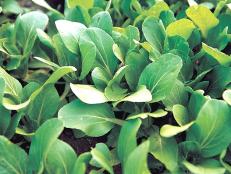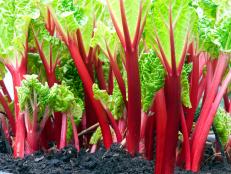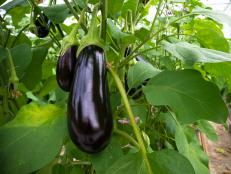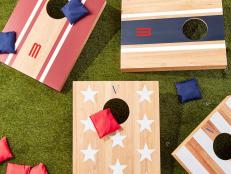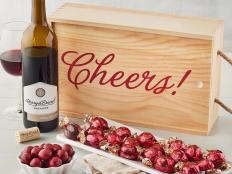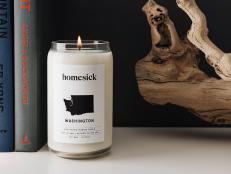Growing Collards

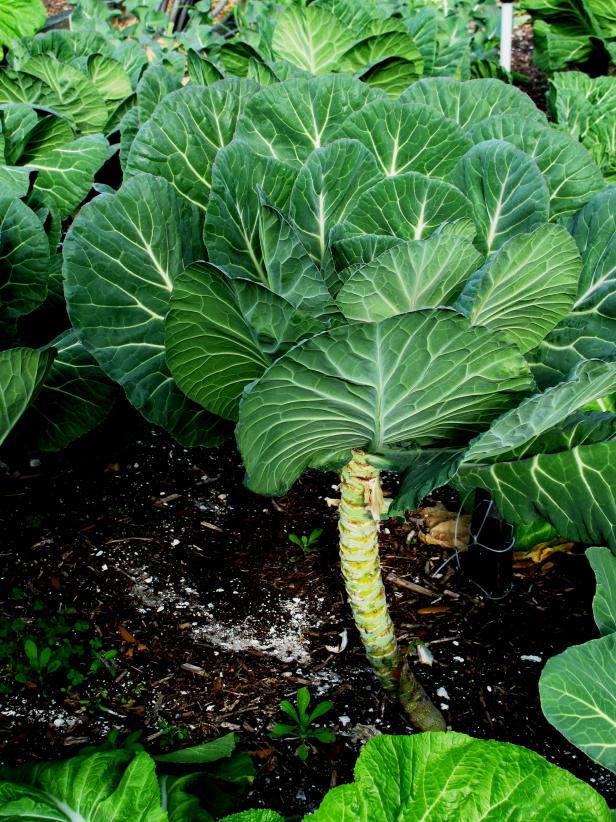
Soul food isn’t just for folks in the South. True, collard greens (Brassica oleracea Acephala) are such a staple of Southern gardens and cuisine, they are traditionally eaten on New Year’s Day to help bring good luck for the coming year. But the highly nutritious, super cold-hardy plants have been cultivated for at least two thousand years in northern African, the Middle East, and southern Europe. And did I mention they are a nutritional super food packed with vitamins?
Collards, which is an upright plant with a single stem that can grow several feet tall topped but a whorl of wide, thick leaves, gets its name from “colewort” which is an ancient wild cabbage; Acephala means “without a head” and applies to all loose-leaf forms of the cole family which includes cabbage, broccoli, Brussel sprouts, cauliflower, and kale.
Because collards grow best in cool weather, it is typically planted in the late summer or fall, or in late winter for harvest before hot weather turns its leaves bitter. Like other members of the cole family, it is easily started from seed in mid to late summer or late winter, but transplants are widely available starting in late summer and winter, about when cabbage and broccoli plants show up in garden centers.
Popular varieties include the most cold-hardy Vates, warm-weather tolerant Georgia LS (long-standing), Blue Max with its blue-green foliage, and Morris Heading; there are many others, with varying amounts of cold or heat tolerance and with smooth or savoy (ruffled) leaves. Fall-planted collards often “bolt” (start to flower) in warm late spring temperatures, while spring-planted collards can be harvested all summer if kept watered and free from pests.
Like its cabbage cousins, collards grow best in full sun and with a light feeding at planting and again when a foot or so tall; if you work plenty of compost into your soil before planting, this incredibly drought-hardy plant may not need any watering after it gets established. The plants are resistant to major diseases, but are very attractive to the green caterpillar larvae of the white “cabbage looper” which are easily picked off or sprayed with the non-toxic BT (Bacillus thuringiensis).
Collard leaves can be harvested all year, but are less bitter after a frost or in cold weather, making them popular in mild winter climates. The leaves are prepared like equally thick-leafed kale, usually in soups or stir fried, often with other leafy greens. They “cook down” quite a bit, so be sure to harvest a pound or more before preparing. Cut or tear medium size leaves off the stems, chop into medium or small pieces, and sautee in olive oil with already-cooked chopped onion, garlic, and chicken broth. Most affionados also cook with a little ham or browned bacon and grease. Season with salt, pepper, and an optional dash of hot pepper sauce. For a REAL Southern touch, add a touch of sugar.
Join the world-wide food revolution, and try collards this fall in your garden or kitchen, and see for yourself that we Southerners shouldn’t keep something so easy, so simple, and so nutritious to ourselves!






